Emerging from the Shadows: Colchester’s School for Colored Children, 1803-1840
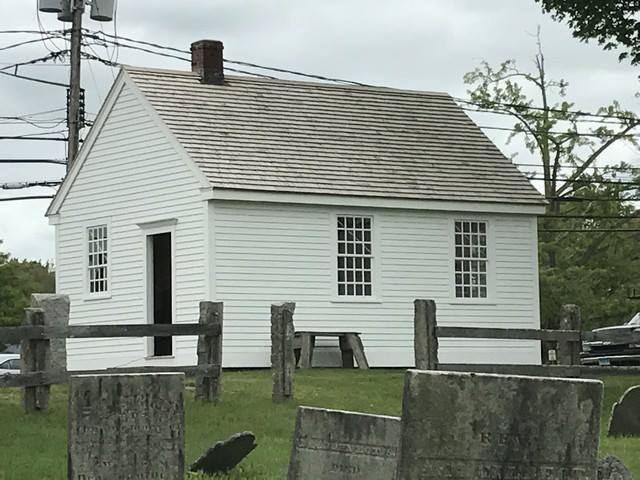
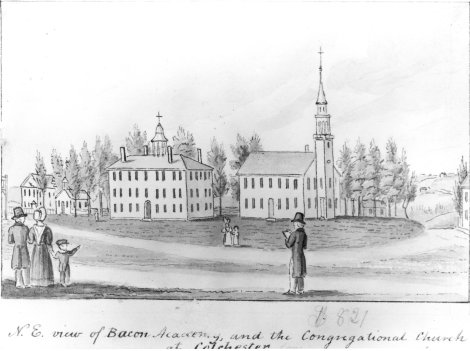
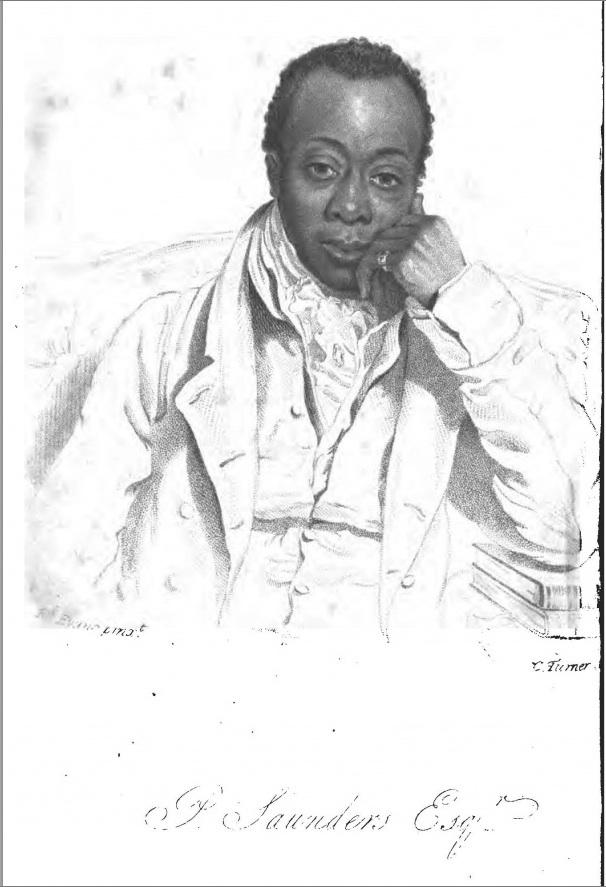
The Colchester History Museum exhibition, Emerging from the Shadows: The Story of Colchester’s School for Colored Children, 1803-1840, offers a comprehensive history of the almost forgotten one-room schoolhouse operating in Colchester’s center in the early nineteenth century. The exhibit dispels a common perception that Connecticut did not hold slaves and reminds museum visitors that whites and people of color, both enslaved and free, lived together in communities across the state for centuries. Records demonstrate that in 1774, Colchester had 201 African American residents, most of whom were enslaved. Through manumission following the Revolution and gradual emancipation beginning in 1784, most African Americans gained their freedom, and by 1800 all but 30 in Colchester were free . In 1803, a committee of eminent citizens tasked with founding Bacon Academy, decreed in the Academy’s bylaws the intent to establish a separate school for the sole purpose of educating “Negroes and persons of colour”. Repurposing a former one-room district schoolhouse, the students, African Americans and likely Native Americans, were taught by educated African Americans who were paid salaries commensurate with that of their white contemporaries.
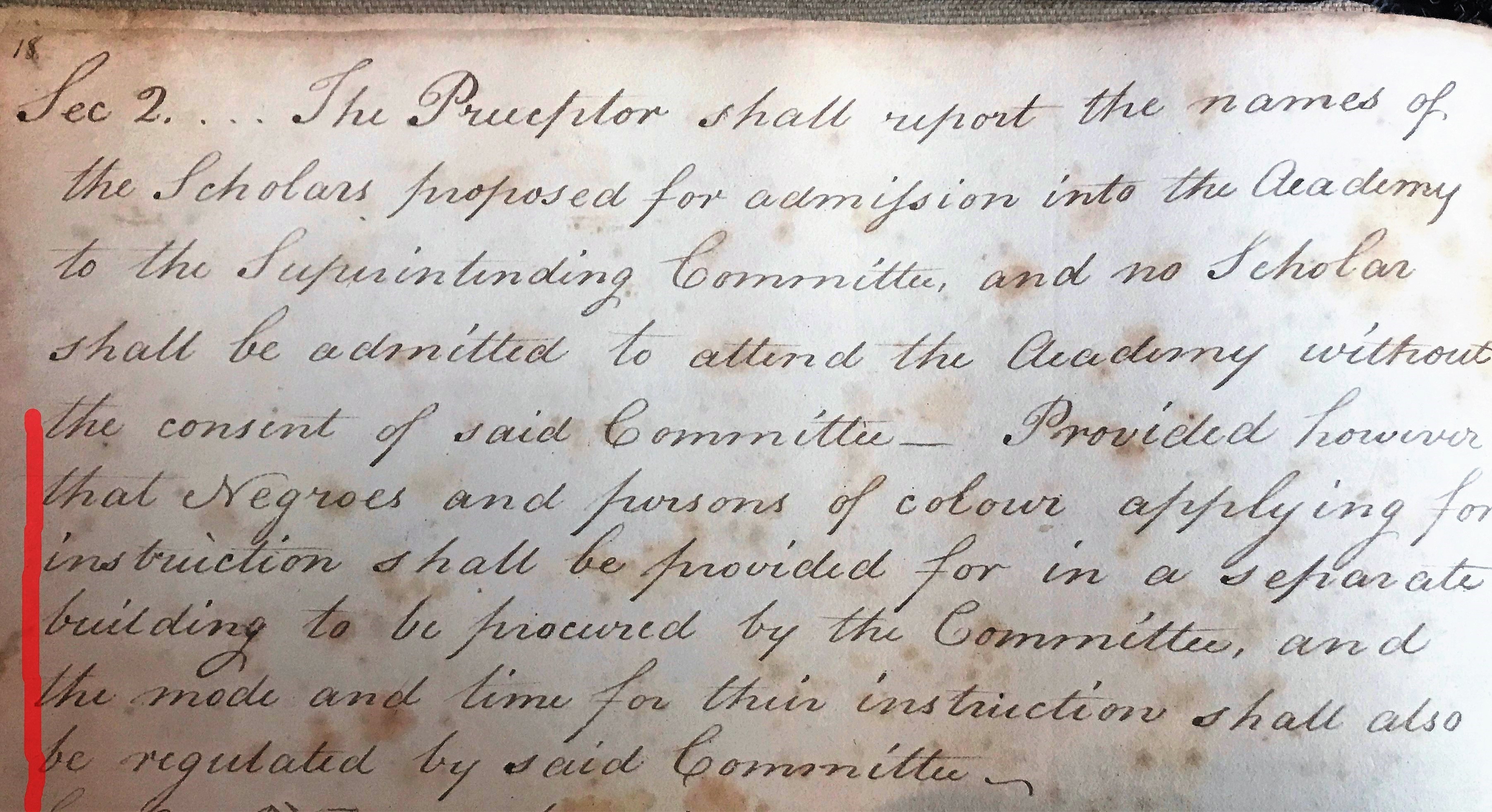
The construction of a replica of the historic School for Colored Children schoolhouse in the center of Colchester in 2016 stirred interest among many local and regional citizens to the history of African Americans in the community. Responding to that acute interest, the Colchester Historical Society formed a diverse committee to create an educational exhibit addressing the story of the school. For the first time, the public can experience, free of charge, a comprehensive picture of the local, state and national circumstances that led to the creation of Colchester’s School for Colored Children. Emerging from the Shadows: The Story of Colchester’s School for Colored Children, 1803-1840 is a benchmark exhibit offering insight into the lives of African Americans in Connecticut, and in Colchester, in the eighteenth and nineteenth centuries. The exhibit makes the most of scarce primary sources to provide a framework of the people and the events shaping the school’s creation, the teachers and the students. The carefully researched story gives identity to those persons of color in the community.
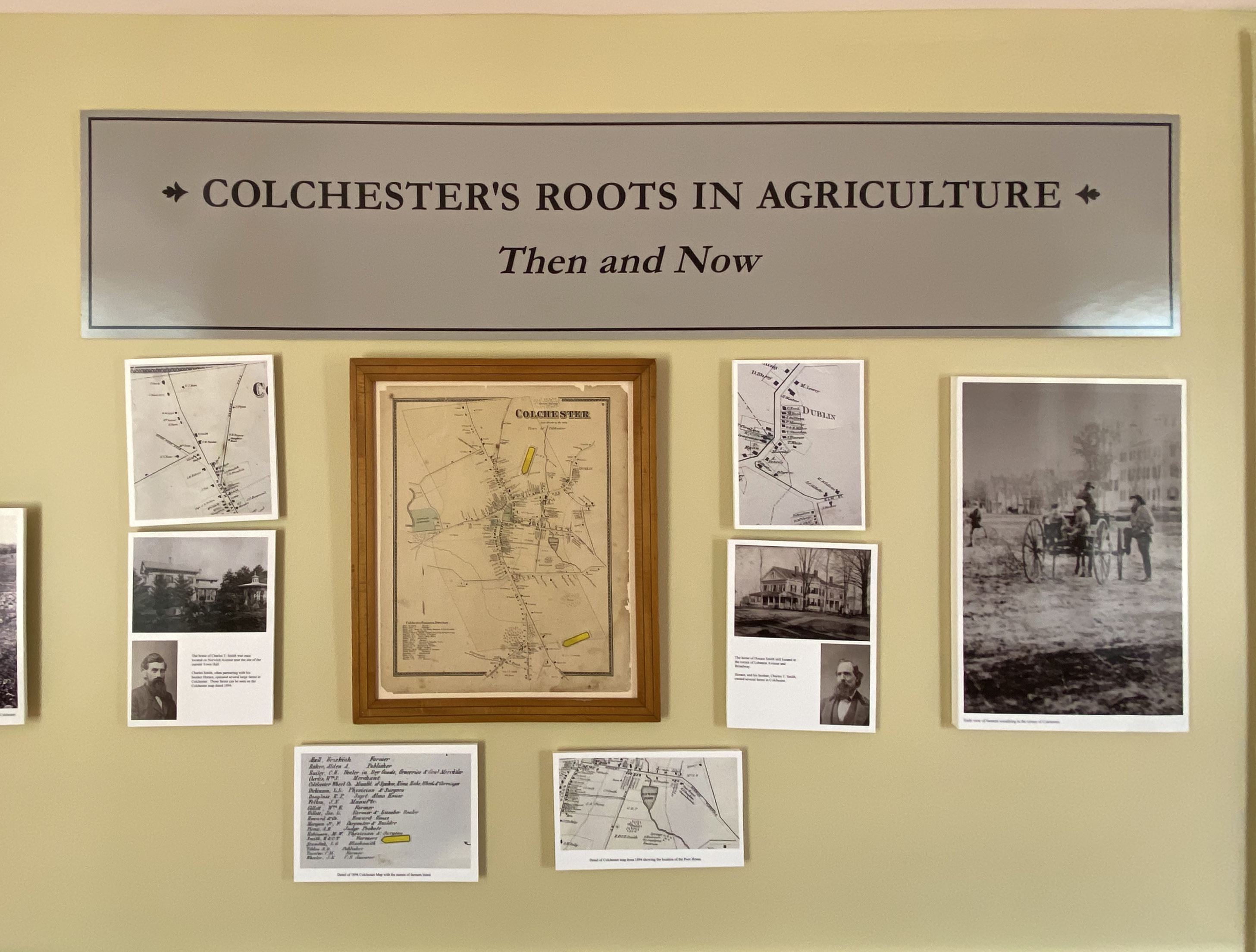
Please click here to take a quick survey about this exhibit.
Please visit the Colchester History Museum to view Emerging from the Shadows: Colchester’s School for Colored Children, 1804-1840.
